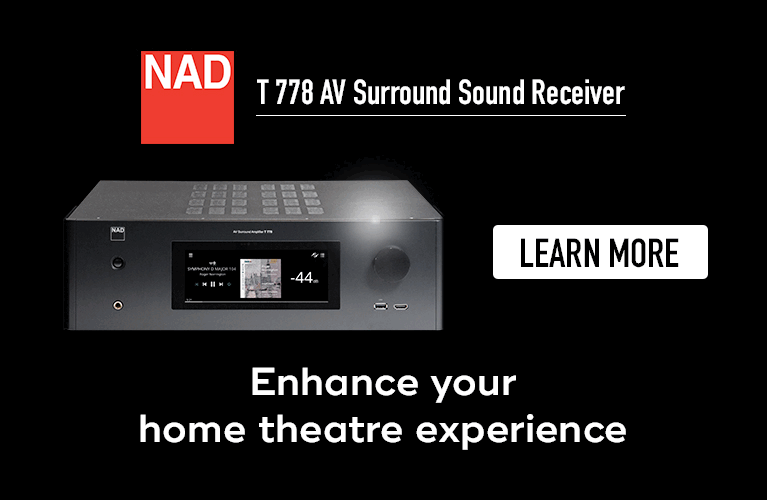Note: Measurements taken in the anechoic chamber at Canada's National Research Council can be found through this link.
 When Focal releases a new model, they tend to get more attention than do most speaker makers. That’s probably because the French juggernaut has been around since 1979, when Jacques Mahul founded it as JMlab, and today makes speakers priced from hundreds to hundreds of thousands of dollars. Only a handful of high-end speaker makers have product lines of such broad appeal.
When Focal releases a new model, they tend to get more attention than do most speaker makers. That’s probably because the French juggernaut has been around since 1979, when Jacques Mahul founded it as JMlab, and today makes speakers priced from hundreds to hundreds of thousands of dollars. Only a handful of high-end speaker makers have product lines of such broad appeal.
So last May in Munich, when Focal introduced their new Sopra line at the High End 2015 show, most audio journalists homed in on them, including me. The two Sopra models are the stand-mounted No1 ($8999 USD per pair) and the floorstanding No2 ($13,999/pair). I requested review samples of the Sopra No2.
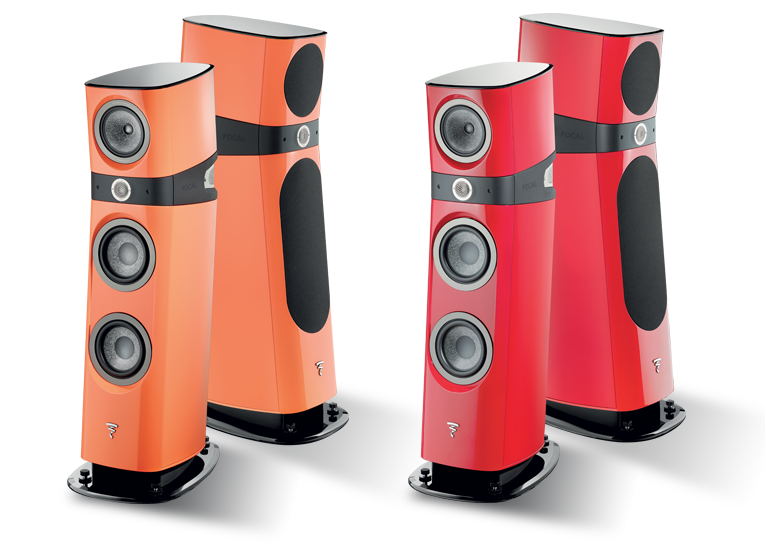
Description
The Italian word sopra means above or over. Clearly, by naming their new line Sopra, Focal intends them to be perceived as something special. Focal’s distinctive design aesthetic -- a love-it-or-hate-it look -- runs through most of their designs, including the Sopra No2.
The No2’s cabinet contains more than a hint of Focal’s Utopia models, but is less blocky and more sleek; in fact, viewed from the side, the No2 has race-car lines, which the Utopias definitely don’t. Including its base and plinth, the speaker’s overall dimensions are 46.4”H x 14”W x 21”D, and each weighs 121 pounds.
The cabinet, mainly made of MDF, is divided into three main sections, one each for the bass, midrange, and treble drivers. All parts, including the drivers, are made in France. The bottommost section, housing the woofers, tilts back a bit and is raised on two legs above a plinth of dark, 3/4”-thick tempered glass. The plinth has rounded sides, a shallowly beveled top edge, and threaded holes for the stainless-steel floor spikes (supplied). Although this section is more or less rectangular, all four sides and corners are curved, which makes it difficult to gauge the thickness of the walls. Having rapped them at various spots, I’d say they were at least 1” to 1.5” thick at most points -- this section felt solid, as did the rest of the cabinet.
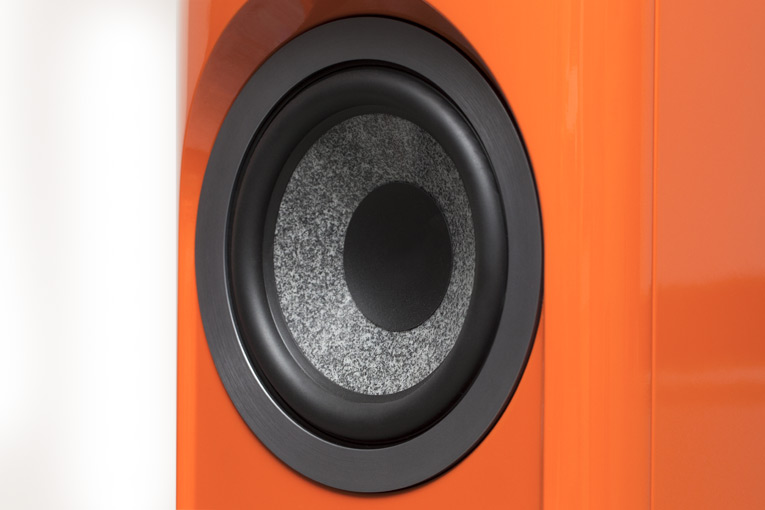
The bass section houses two 7” woofers, their cones made of the proprietary “W” material: two sheets of woven-glass tissue sandwiching a sheet of structural foam. Focal claims this offers an ideal mix of lightness, rigidity, and damping. The woofers’ motor systems include the Neutral Inductance Circuit (NIC) technology, which Focal describes as “a Faraday ring whose dimensions, materials and positioning were optimized to make the magnetic field no longer affected by the position of the voice coil, by the amperage or the frequency of the current passing through it.” Focal claims that NIC markedly lowers harmonic distortion. Augmenting the woofers is a large port in the bottom panel. This is why the cabinet is raised on legs: guided by the two legs supporting the cabinet, the air ultimately exits from the front and rear of the base. A single, magnetically attached grille cover conceals both woofers.
The Sopra No2’s top section is tilted forward, to put the acoustic center of its midrange driver at about the same distance from the listener’s ears as the speaker’s other drivers. This section, capped by a decorative black top plate about 1/4” thick, contains a 6.5” midrange driver with a “W” cone and NIC motor system, as well as what Focal describes as “two tubular rings on the suspension whose dimensions and position have been judiciously determined. They form our Tuned Mass Damper (TMD) and they stabilize the dynamic behavior of the surround according to resonance, thus avoiding deformation of the cone without afflicting the dynamics.” In other words, stabilizing the driver’s surround also stabilizes the cone, in another effort by Focal to reduce distortion. This section, too, has a magnetically attached grille.
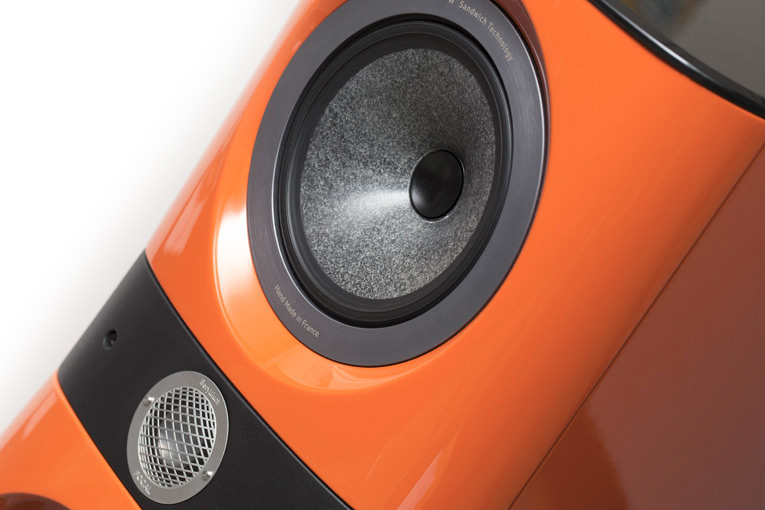
Between the Sopra No2’s top and bottom enclosures is a wedge-shaped central section, its narrow edge facing the listener and containing, behind a small, round, permanently affixed front grille, a Focal hallmark: a 1” inverted-dome tweeter of beryllium. Inverted domes are ubiquitous throughout Focal’s ranges of speakers, and while they weren’t the first speaker maker to use diaphragms of beryllium (Yamaha and Pioneer/TAD were, in the 1970s), Focal seem to have triggered the current craze for the material, which they first used in a tweeter in 2002. There’s good reason to use beryllium -- the element is light and rigid enough that the dome’s natural resonant frequency can be pushed past the top of the audioband, 22kHz -- a frequency higher than any adult human can hear.
The tweeter section’s other metal grille begins most of the way back along each side panel and wraps around the rear, widening toward the center. This rear half makes use of Infinite Horn Loading (IHL), a new Focal technology that involves a horn installed deep in the cabinet, its narrow end opening directly behind the tweeter diaphragm, its bell flaring toward the rear. Inside this horn is a soft material that absorbs the rear-firing energy from the back of the dome so that it isn’t reflected back into the dome to interfere with its movement and cause audible distortion.
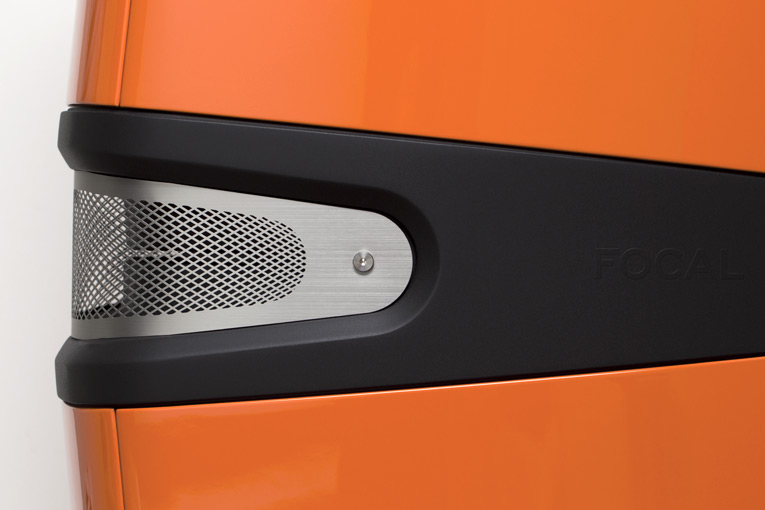
Focal specifies that the Sopra No2’s woofers and midrange hand over to each other at 250Hz, the midrange and tweeter at 2200Hz. The speaker’s claimed sensitivity is a very high 91dB/2.83V/m, and its impedance a nominal 8 ohms with a 3.1-ohm minimum, which is pretty typical. The No2’s frequency response is specified as 34Hz-40kHz, +/-3dB, and its low-frequency extension as 28Hz, -6dB. No bi- or triwiring allowed -- the rear panel has only a single pair of binding posts.
The finish colors available for the Sopra No2 range from fairly traditional to pretty wild. The standard real-wood veneer is Dogato Walnut for the rear and side panels, accented with Graphite Black for the front. The four high-gloss painted finishes are Carrara White, Black Lacquer, Imperial Red, and my review samples’ Electric Orange. I liked it -- they stood out attractively in my room, particularly the contrast of the bright color with the dark plinth, top plate, and middle section. But no matter what finish you choose for your Sopra No2s, that central section is always matte black, and its two metal grilles are always silver-gray. The finish work of my review pair was excellent.
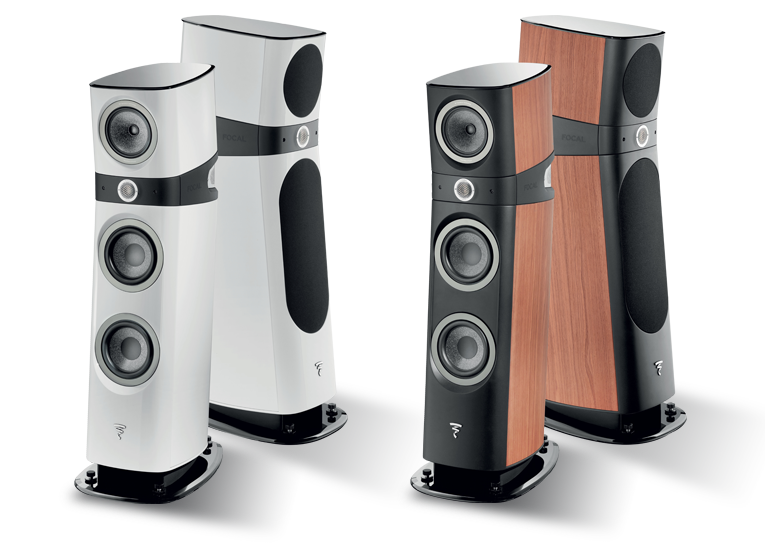
System and setup
For most of my listening, I had the Sopra No2s hooked up to the same equipment I’ve been using for over a year. The electronics were all from Simaudio’s Moon Evolution series: 650D DAC-transport, 740P preamplifier, and 870A stereo amplifier. Simaudio says that the 870A can pump 300Wpc into 8 ohms -- far more than the No2s’ recommended minimum of 40Wpc. Feeding the 650D was a Samsung laptop computer running Windows 7 and JRiver Media Center 20. Connecting the components were Crystal Cable’s CrystalConnect Standard Diamond interconnects, Siltech Classic Anniversary 330L speaker cables, and an AudioQuest Carbon USB cable.
The Moon Evolution electronics are solid-state, but toward the end of my listening I inserted two tubed products, to find out how the Focals might perform with old-school fire bottles: the JE Audio Reference 1 preamplifier, which I’ve just reviewed, and Audio Research’s GS150 stereo amplifier (review in the works). I didn’t use them simultaneously, though -- I didn’t want to introduce more than a single variable at a time, and I’ve never used the JEA and ARC together, so I have no sense of what that combo’s sound might be. First, the Reference 1 took the place of the 740P; then the 740P was reinstalled and the GS150 took the place of the 870A.
I have a fairly large listening room. I placed the No2s about 8.5’ apart, measured from the centers of the tweeters, and toed them in about 20°. Each speaker was 6’ from the front wall, 4’ from the sidewalls, and 8.5’ from my ears.
Sound
Van Morrison’s 1987 album, Poetic Champions Compose (16-bit/44.1kHz FLAC, Mercury), has sounded a little flat through most of the systems I’ve played it on, in terms of both dynamic range and soundstage depth. But when I played track 1, the jazz instrumental “Spanish Steps,” Morrison’s alto saxophone occupied center stage with high precision, painted there with a vibrancy and presence that I found uncanny, not just at this speaker’s price but at any price. The soundstage was very wide and quite deep; but what most impressed me was the hyper-accurate imaging, which resulted in ultraclear distinctions between Morrison’s sax and the other instruments. “Spanish Steps” gave notice that the Sopra No2s were not speakers that would present music in the laid-back, distant way I heard from Sonus Faber’s Olympica IIIs ($13,500). Instead, the Focals projected sound with a vivacity akin to that of Vivid Audio’s Giya G2, which sounds more immediate and involving than anything else I’ve heard -- and costs $50,000/pair.
The somewhat more vibrant sound quality of Morrison’s most recent release, Duets: Re-working the Catalogue (16/44.1 FLAC, RCA), didn’t need the Sopra No2’s assistance to sound alive. In fact, “Some Peace of Mind,” with Bobby Womack, and a few other tracks are a tad bright, which I thought might give the No2’s tweeter some trouble -- already, I could tell that the speaker’s very top end was a touch hot, a voicing characteristic of other Focal speakers I’ve heard. These days, my reference for neutrality is KEF’s Reference 1 ($7499/pair), and the No2 was a bit more lively in the extreme highs. Yet despite being tipped up, the No2’s top end sounded as clean and clear as the best metal-dome tweeters I’ve heard, which could be why I didn’t find its prominent highs as bothersome as speakers whose raised highs make them sound bright, even edgy. The No2 sounded utterly clean, no matter what music I played. Its rising top end was also likely responsible for the speaker’s incisive, exciting sound. In “Wild Honey,” in which Morrison sings with Joss Stone, the cymbal strokes were so immediate that they lit up the stage -- I felt I could almost see them as pinpoint laser spots.
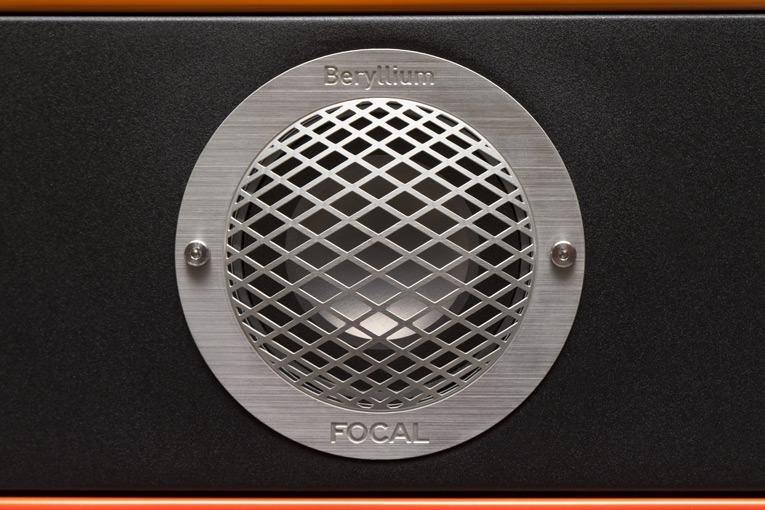
Nor did the prominence of the Sopra No2’s top end cause problems for stringed instruments, as revealed by Chopin’s Nocturne in C-sharp Minor, from synthesist Ólafur Arnalds and pianist Alice Sara Ott’s The Chopin Project (16/44.1 FLAC, Mercury Classics), with violinist Mari Samuelsen. I’ve been streaming this album from Tidal, and it sounds fantastic. Samuelsen’s violin was prominent on the stage, but with no edginess or stridency from her instrument, even in the loudest passages. Again, the tweeter sounded pristine.
The topmost frequencies are only a small part of the sound, and they were an even smaller part of what I admired so much about the Sopra No2. What won me over was how the outputs of the Sopra No2’s four drivers coalesced into one -- something that undoubtedly contributed to the speakers’ re-creation of soundstages and imaging prowess -- and how thoroughly alive was their reproduction of the entire audioband. I don’t often describe a component’s sound as alive, but the word is appropriate for the Sopra No2.
According to director Mike Figgis’s liner notes for the soundtrack album for Leaving Las Vegas (16/44.1kHz FLAC, Pangea), Sting’s outstanding cover of “Angel Eyes” and his two other tracks were all recorded the same day, with two other musicians: Dave Hartley on piano and Chris Laurence on bass. The sound of these three tracks reminds me of the Cowboy Junkies’ The Trinity Session: super-spacious, full-range, and extremely natural. The No2s absolutely nailed “Angel Eyes,” presenting a very deep stage, Sting a little more forward than Hartley and Laurence and sounding as real as I’ve ever heard him -- these speakers could evoke loads of presence, particularly in the midrange, with no apparent loss of detail. Hartley and Laurence play fairly softly, allowing Sting’s voice to dominate, but the sounds of the piano and bass were still mesmerizingly full, natural, and timbrally accurate. “My One and Only Love” is a little livelier, the three musicians a little more evenly balanced. I found this track special for how full and rich the sound was, and how palpable the performers sounded -- real tangibility.
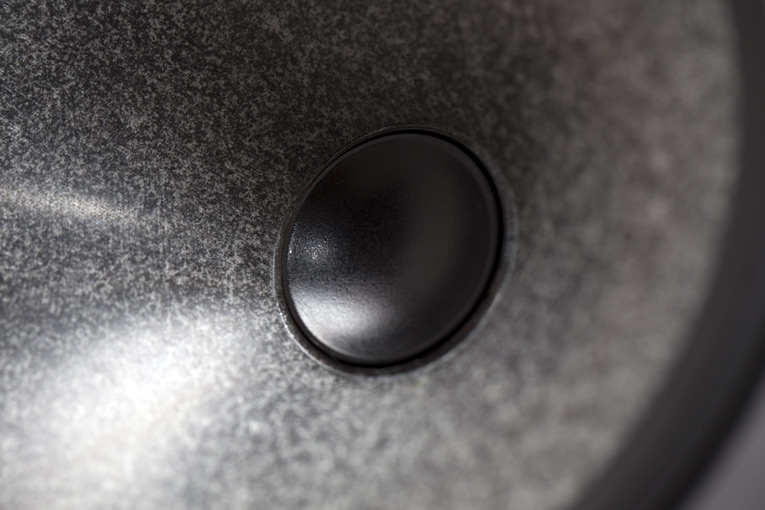
Sting doesn’t appear in “Leaving Las Vegas” and “Burlesque,” nor do these tracks have the same spacious, natural sound quality. But they do have great weight and strong impact from the close miking of the drums, which revealed to me that the No2 could not only play deep (that spec of 28Hz, -6dB, seems accurate), but were also dynamically agile enough to make music come forcefully alive, even when asked to reproduce these tracks at high volume levels. Two 7” woofers and a port might not sound like much, but the way they moved air in my room was something to hear.
Musica Nuda’s self-titled debut album, from 2004 (16/44.1 FLAC, BHM), revealed more about the Sopra No2’s ample and impactful bass reproduction, midrange clarity, and tipped-up yet refined highs. Their cover of the Police’s “Roxanne” is the track from this album that I most often use in reviews, and it sounded amazing through the No2s; however, I think the No2’s midrange prowess was best demonstrated by Musica Nuda’s cover of Paul McCartney’s “Blackbird.” Ferruccio Spinetti’s double bass isn’t as full here as on some other tracks, but the way Petra Magoni’s voice soared with effortless purity, even at high volume levels, was ear-opening. Their cover of “Nature Boy,” written by Eden Ahbez in 1947 and first recorded by Nat King Cole the following year, presents Magoni’s voice just as well, but features Spinetti’s bass far more obviously. The depth of bass that the No2s produced in my room was something to be excited about, but its clarity was another -- these speakers played deep and clean and detailed. Sonus Faber’s Olympica III, which I reviewed, went very deep in the bass, and also sounded very full -- deeper and fuller, in fact, than Magico's S5 (starting at $29,400/pair), which I also reviewed -- but the Sopra No2s went even deeper, sounded just as full, and presented greater detail.
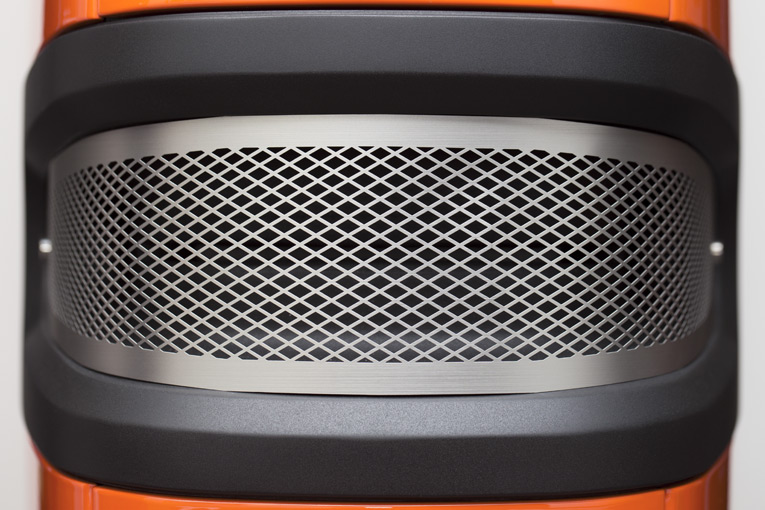
I then played track 9 of The Chopin Project: Chopin’s Prélude in D-flat Major, Op.28 No.15 “(Raindrop).” This piano-based track has a robust sound that, to be reproduced properly, demands that the speakers produce tremendous weight and detail in the bass, while exhibiting completely seamless transitions among all drivers. The No2’s four drivers sounded as one, together handling this track with aplomb, and always with great clarity and control even at high volumes. This helped demonstrate what my other reference recordings had already revealed: The Sopra No2 isn’t only a great speaker for its price; it’s a great speaker, period.
Substitutions
Inherent in the sound of the JE Audio Reference 1 preamplifier is a touch of traditional tube richness that made the Focal Sopra No2s’ already rich- and full-sounding midrange sound even a bit richer, which in turn seemed to make voices image a little more holographically on the Focals’ superprecise soundstages. The Reference 1’s very extended highs didn’t bring down the Sopra No2’s top end any, but those highs had a bit more fullness than the Moon Evolution 740P’s, which gave a little more shimmer to cymbals and the top end of guitar. The Reference 1’s bass might have had just a shade more bloom than the 740P’s, but it wasn’t as obvious as the other things I’ve mentioned.
The visual style of Audio Research’s GS150 amplifier is a throwback to the heyday of tubes. Its sound is not. Unlike with JEA’s Reference 1, whose sound has audible tube warmth, I don’t hear that so much with the GS150; in fact, its sound through the Sopra No2s was no warmer than the Simaudio 870A’s. Instead, the GS150 created a bit more spaciousness in the sound -- the No2s’ soundstages were a bit wider and deeper with the GS150, though image precision was about the same as with the 870A. I also noticed that the GS150 sounded somewhat more forceful in the bass through its 4-ohm than its 8-ohm taps.
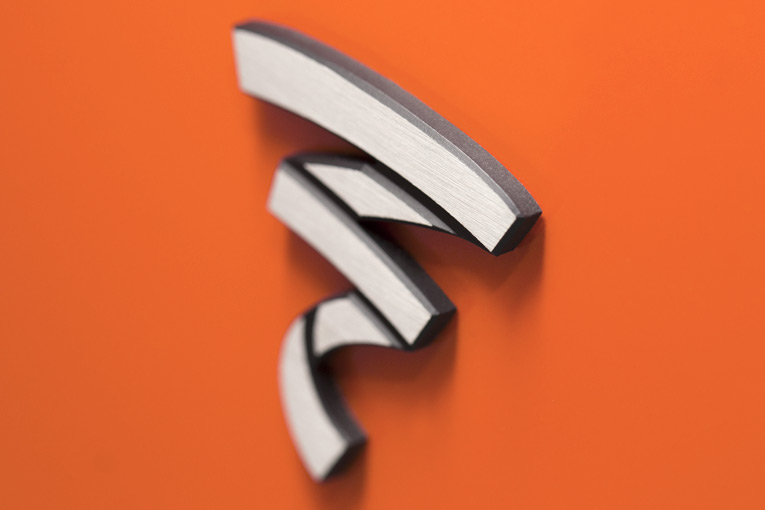
Most interesting, however, was that despite the GS150’s claimed power output of 155Wpc (compared with the 870A’s 300Wpc) into 8 ohms, it didn’t break a sweat even when driving the No2s to high volumes. Part of that had to do with the GS150 being powerful for a tube amp -- it uses the newer KT150 tubes -- but I think it had mostly to do with the No2 being a fairly sensitive design and a reasonably easy amplifier load.
Neither of these component swaps drastically changed the way Sopra No2s sounded in my room, but they made enough of a difference that I recommend experimenting with various electronics if you buy these speakers. But don’t go crazy over amplifier power -- the ARC GS150’s 155Wpc was more than enough in my big room; the 870A’s 300Wpc will probably be overkill for most situations.
Conclusion
The Sopra No2’s styling will do what many Focal speakers have done before: polarize buyers. There will be plenty who will love the way they look, plenty who won’t. That’s what usually happens when you make bold, distinct choices in industrial design. That said, I really liked the look of the Sopra No2, particularly in Electric Orange; in fact, I think it’s the best-looking speaker Focal has ever made. But this is a matter of taste.
What I don’t think will polarize listeners is the Sopra No2’s sound. It has certain Focal hallmarks, as well as others that are either different from or clear improvements over what I’ve heard in the past from Focal. Besides the Sopra’s liveliness, I enjoyed its remarkable clarity through the audioband and particularly through the midrange, which was magic with voices; its oodles of presence, which gave real body to the music at no cost in resolution; its awesome bass weight and detail, which were surprising from what are relatively compact cabinets and modest-size woofers; and its extremely precise imaging, which made for astonishing soundstage focus. All of this adds up to a speaker that’s not only exceptional for its price, but exceptional for any price. I could see living with a pair of Sopra No2s and not wanting more for a very long time. The Sopra No2 more than lives up to its name: It not only goes over and above; it goes above and beyond.
. . . Doug Schneider
das@soundstagenetwork.com
Associated Equipment
- Speakers -- Crystal Cable Arabesque Minissimo, GoldenEar Technology Triton One, Muraudio Domain Omni PX1, PSB Imagine T3
- Preamplifiers -- Moon by Simaudio Evolution 740P, JE Audio Reference 1
- Amplifiers -- Moon by Simaudio Evolution 870A, Audio Research G Series GS150
- Digital-to-analog converter -- Moon by Simaudio Evolution 650D
- Computer -- Samsung laptop running Windows 7 and JRiver Media Center 20
- Digital interconnect -- AudioQuest Carbon USB
- Analog interconnects -- Crystal Cable CrystalConnect Standard Diamond
- Speaker cables -- Siltech Classic Anniversary 330L
Focal Sopra No2 Loudspeakers
Price: $13,999 USD per pair.
Warranty: Five years parts and labor.
Focal
BP 374, 108 rue de l’avenir
42353 La Talaudière Cedex
France
Phone: (33) 4-77-43-57-00
Website: www.focal.com
North American distributors:
Audio Plus Services (US)
156 Lawrence Paquette Industrial Drive
Champlain, NY 12919
Phone: (800) 663-9352
Website: www.audioplusservices.com
Plurison (Canada)
313 Marion Street
Le Gardeur, Quebec J5Z 4W8
Phone: (866) 271-5689
Website: www.plurison.com






















